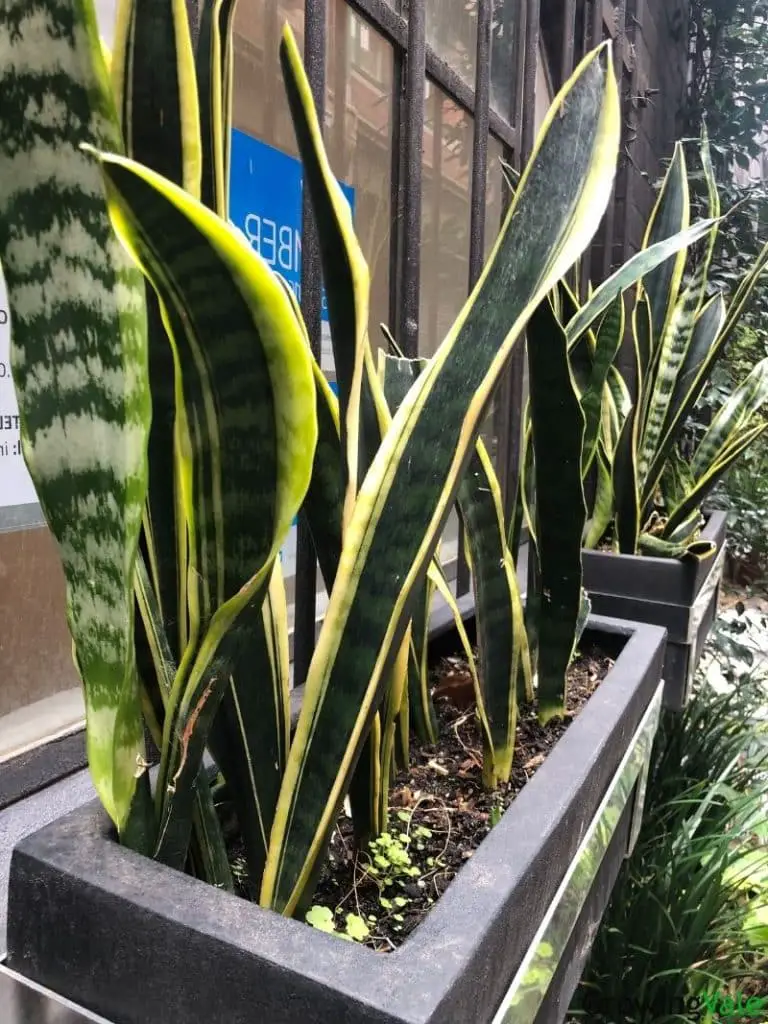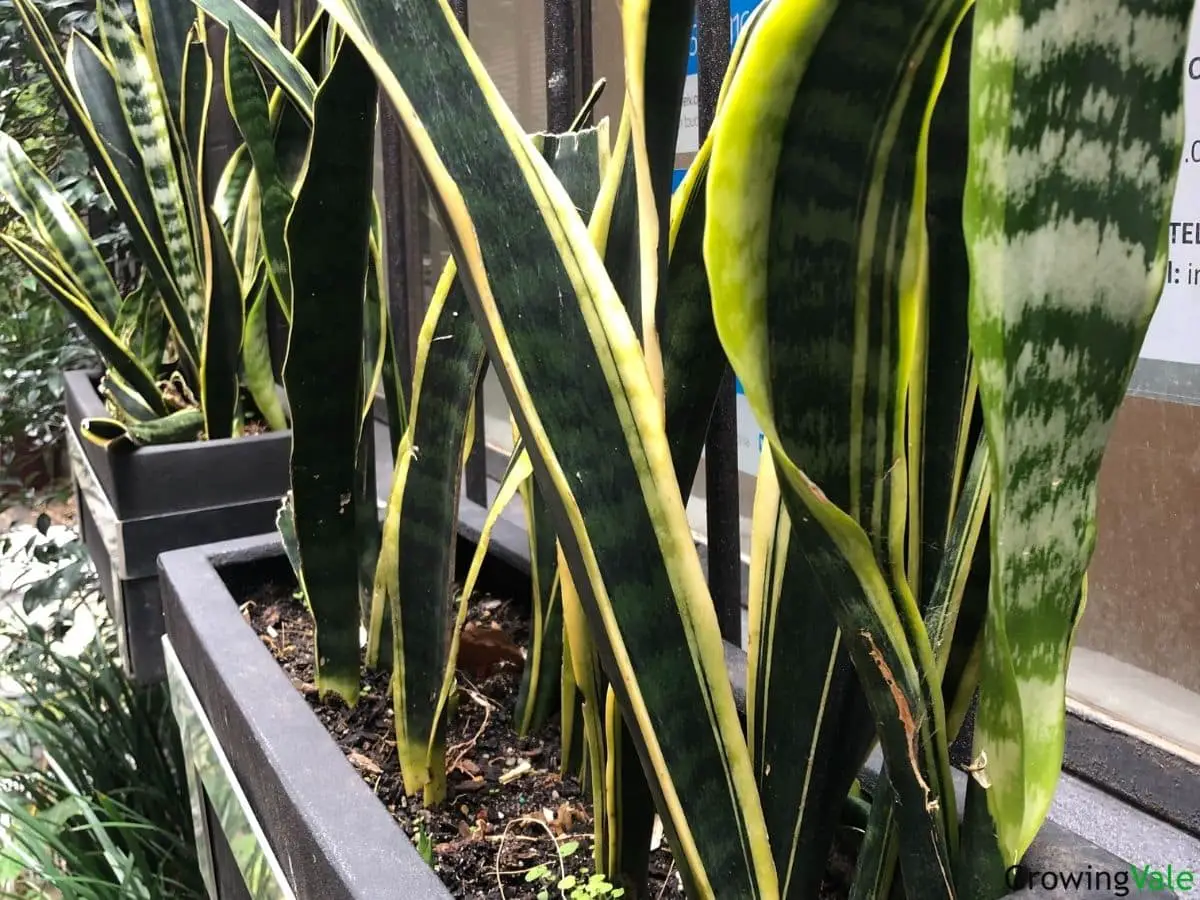Dracaena trifasciata is an extremely hardy plant that seems to thrive in almost any environment. As long as it is rooted in well-draining soil, this species has a knack for withstanding the errors of many beginner gardeners. Undemanding, it can be grown alongside many other plants and treated based on the requirements of those.
The most long-lived and rapidly growing snake plants do have more than just their basic needs met, however. Humidity plays a large role in snake plant survival when it comes to rearing the plant in extreme conditions.
When humidity levels are perfect, the sansevieria plant is more likely to survive through complete neglect or over-attentiveness.
Preferred Humidity Levels
As mother-in-law’s tongue is native to the arid regions of West Africa, it is adapted to relatively low humidity levels. Often, beginners treat this plant as they would tropical houseplants, which require high humidity levels.
Though a Sansevieria trifasciata plant can withstand this type of treatment, it can make the roots and leaves more susceptible to diseases over time. Common signs of high humidity include reduced or stunted growth, drooping leaves, and pale yellow or black coloration.
The adequate relative humidity level for snake plant and its cultivars lies at around 40% – 50% when situated indoors. Relative humidity is a function of both atmospheric pressure and ambient temperature. Those located outdoors are better suited to higher levels, especially if they receive more ventilation to buffer elevations in temperature.
In rooms that maintain comfortable temperatures (averaging at 65-75 degrees Fahrenheit), relative humidity is normally maintained at 30-40%. This fits the needs of snake plant and explains why it does so well indoors. If you need to live in a particularly dry area or indoor locations that have extremely low humidity, you may need to use a humidifier.

Controlling Humidity in Winter
To prevent moisture retention in winter, you may have to control your indoor humidity levels. If your indoor levels are higher than 40%, it is likely that areas close to your windows will experience higher condensation rates. As the mother-in-law’s tongue plants prefer dry air, they may need to be relocated away from these areas.
Excess condensation or elevated humidity can easily be prevented with the use of a dehumidifier. You can place one next to your snake plant. Keep in mind that, although this can benefit your succulents, this may be detrimental to your other humidity-loving houseplants.
Another way to reduce humidity-related issues is by withholding water through winter. Evaporation rates are generally lower as temperatures drop and sunlight is reduced. This means that moisture is more likely to be trapped in the soil. Any spikes in relative humidity can prolong evaporation rates even more. Dry soil is ultimately better for the mother-in-law’s tongue plant as temperatures drop.
FAQs
Do snake plants like being misted?
As succulents that prefer dry air and relatively low humidity levels, snake plants will not benefit from being misted. Misting can bring about moisture-related diseases, especially if droplets tend to get trapped in between leaves and take time to evaporate.
How do you measure indoor humidity?
You can measure relative humidity with a hygrometer. If you have a lot of houseplants, it is a good idea to invest in one so that you can ensure that they are exposed to the appropriate humidity levels.
Can snake plants tolerate humidity levels for tropical houseplants?
Tropical houseplants thrive best in humidity levels that range from 60-80%. Your snake plant can withstand these levels as long as it is provided with ventilation or its soil is allowed to dry out completely in between watering sessions. If overwatered, it may quickly develop root rot when exposed to high humidity conditions.

